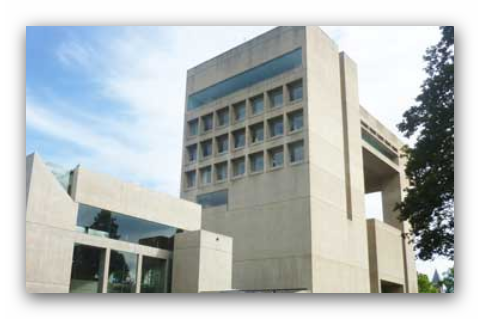Jun 25 2016 - Dec 18 2016
Ithaca, NY
For more than 250 years the Tokugawa government allowed foreigners only very limited access to Japan—that is, until 1853, when an American expedition led by Commodore Matthew Perry successfully negotiated with Lord Abe to open Japanese ports to American merchant ships. By the time the new Meiji government restored imperial rule in 1868, Japan had quickly become one of the top destinations that globe-trotting Americans were eager to visit. Leisure-based travel to Japan, as well as travel related to professional endeavors, spurred unprecedented collecting that, in turn, formed the core of many American museums’ holdings of Japanese art.
The half-century duration of the Meiji period encompassed the first wave of American tourism and collecting of Japanese art and design, which eventually waned as Japan’s imperial ambitions grew in the 1930s and ’40s. Renewed interest in Japanese art followed the end of World War II, when the American occupation of Japan, postwar reconstruction, and the proliferation of Japanese studies programs at American universities spawned a new generation of collectors whose donations further shaped and refined American museums.
This exhibition explores how Americans who traveled to Japan during the Meiji period (1868–1912) became enthusiasts of Japanese culture and art, and how donors who came from, lived in, and studied Japan, particularly during the postwar period, impacted the development of the Johnson Museum’s collection.
Credit: Exhibition overview from museum website.
Exhibition Venues & Dates
Jun 25 2016 - Dec 18 2016
Ithaca, NY
